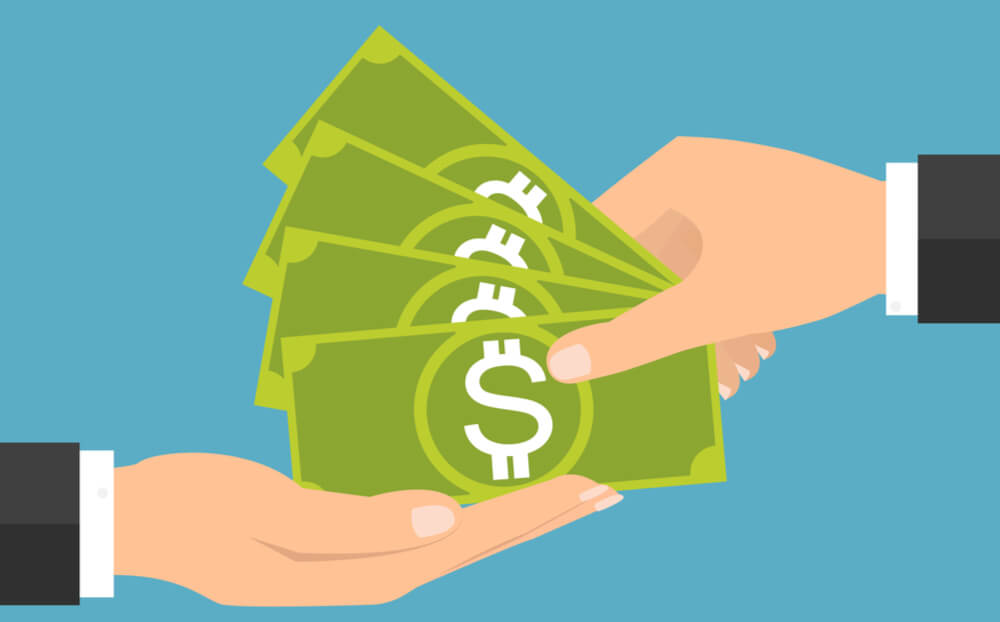Getting the Lowest Rate: Does It Make Sense to Pay Points?
When first getting rate quotes borrowers may be shopping for the lowest rate they can find, but they might be a bit surprised at all the options available for the very same loan program. It’s completely understandable.
What is the Lowest Rate
When a mortgage company advertises a mortgage program and an accompanying note rate and APR, there’s always just one rate, not five, six or seven choices for the same 15-year fixed conforming loan. And it’s not just for a 15-year fixed-rate program or a 30 year but all mortgage programs provide the borrower with multiple choices. Finding the lowest rate doesn’t always mean it’s the best mortgage.
These choices are presented daily as the pricing department within a mortgage operation, the pricing department is the division that sets rates each and every day, sets rates based upon a specific index with an eye toward competition. A mortgage broker wants to get the lowest rates possible for their clients but the pricing department is responsible for making sure the loans that are originated and funded are profitable.
How it Works
Let’s take a look at the most common mortgage program today, the 30 year fixed rate conforming loan. Each morning, the lender identifies the price of various indices from a LIBOR ARM or 1-year Treasury index or the FNMA 30-yr 3.0 mortgage bond and sets rates for their loan officers to use.
Mortgage brokers are working with multiple clients at any one time. From refinancing an existing mortgage to preapproving someone for a purchase money loan, we eagerly wait for rates to come out each morning. Perhaps if an interest rate falls to a certain level, there will be a new opportunity for those waiting for the lowest rates to make refinancing a good idea. Or, borrowers are waiting to lock in a rate because they think that lower rates are coming, and they want to lock at the latest possible date to get the best rate available.
When the decision to lock in a rate is made, the next choice is deciding which of the 30 year rates to choose. For example, rates are posted in 0.125% increments and a rate sheet might look like this:
- 50%
- 625%
- 50%
- 75%
- 875%
- 00%
The 3.50% might cost the borrower one discount point. A discount point is a percentage of the loan amount and is a form of prepaid interest, lowering the note rate. 3.625% might then be priced at 0.50%, 3.75% at zero points and so on. These are just examples and pricing can vary but you get the idea. The lower the rate the more you have to pay in points.
Final Idea
Say someone is borrowing $300,000 to buy a home. The rate is 3.50% with one point, or $3,000. The rate at 3.75% doesn’t cost anything in points. The difference in monthly payments between the two rates is a little over $40 per month. By dividing the $3,000 in points paid by the $40, it will take more than seven years to recover the cost of paying points. It’s time then to ask, “Is paying points a good idea?”



